

Max Davies
How Audi, BMW, Honda, Mercedes-Benz, and Suzuki started out in Australia, and where they are now
13 Hours Ago

Contributor
Lexus has revealed two new all-electric concept cars at this year’s Japan Mobility Show in Tokyo that preview the company’s future products and next-generation technologies.
The Lexus LF-ZC and LF-ZL concepts are both based on a “completely new” modular structure. This is possible through gigacasting which splits the vehicle body in three segments – front, centre and rear.
Gigacasting is also claimed to increase rigidity which will bring “improved vehicle dynamics”.

The concepts also feature “advanced high-performance batteries” with a prismatic structure that are positioned in the centre segment of the vehicle.
These batteries are engineered to have longer range through “improved aerodynamic integration”, as well as weight reduction.
The concept cars feature all-wheel drive, as well as a steer-by-wire system, like the existing RZ electric crossover.
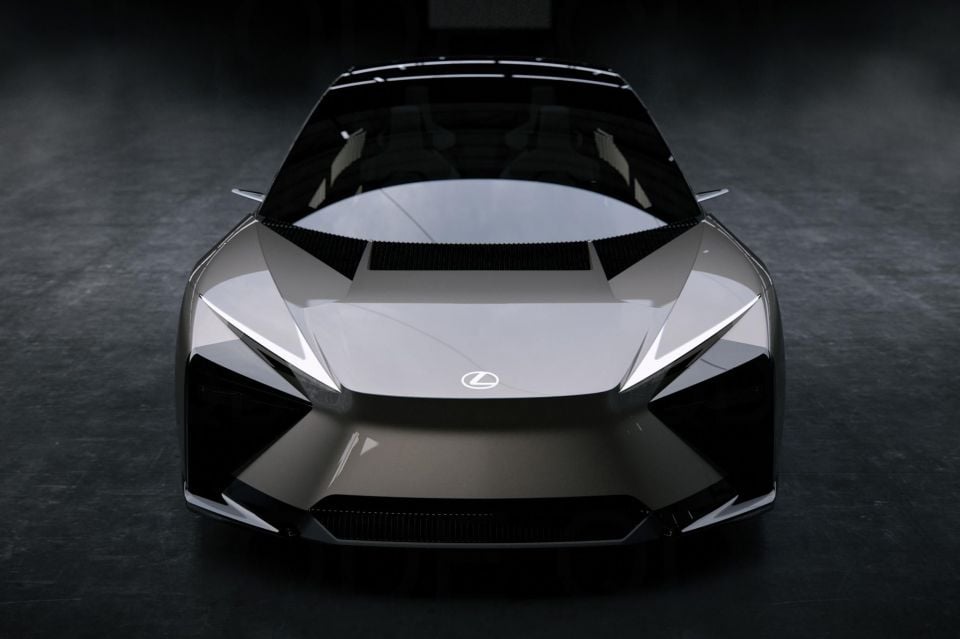
The Japanese luxury carmaker is planning to introduce a self-driving assembly line for its next-generation of electric vehicles (EVs), which allows the cars to move autonomously to the next stage.
The elimination of conveyor belts from the production line is claimed to provide more flexibility in regard to the plant layout, as well as bring “significant” cost savings.
These forthcoming new Lexus EVs will be the second phase of a longer-term project which will see the brand have a global EV-only lineup by 2035, although some regions are expected to completely transition away from internal combustion engines earlier than that.
The Lexus LF-ZC (short for Lexus Future Zero-Emission Catalyst) concept previews a sleek electric sedan or liftback that’s set for an international release in 2026.
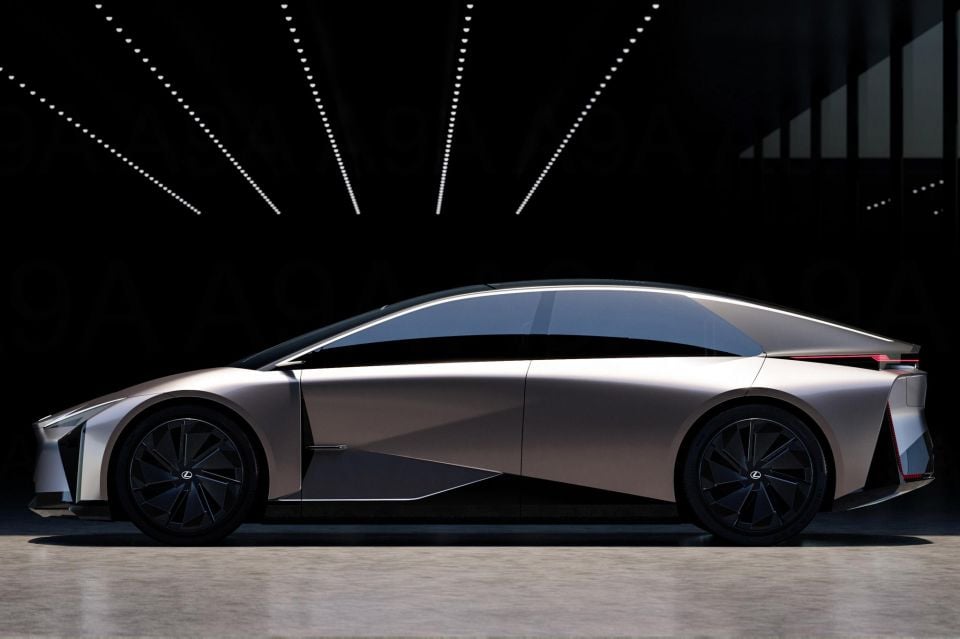
Measuring in at 4750mm long, 1880mm wide, and 1390mm tall, with a 2890mm wheelbase, the LF-ZC concept is very similar dimensionally to the IS sedan which was discontinued in Australia in 2021.
Lexus is also targeting a drag coefficient of under 0.20 for the production version of the LF-ZC concept. For context, the slippery Mercedes-Benz EQS has a drag coefficient of 0.20.
The Japanese luxury carmaker claims the LF-ZC will have “approximately twice the range of conventional BEVs”. It’s unclear what type of conventional EVs Lexus is referring to.
In terms of exterior design, the LF-ZC concept has a low-slung front end with a blanked-out spindle grille, as well as air intakes and outlets.
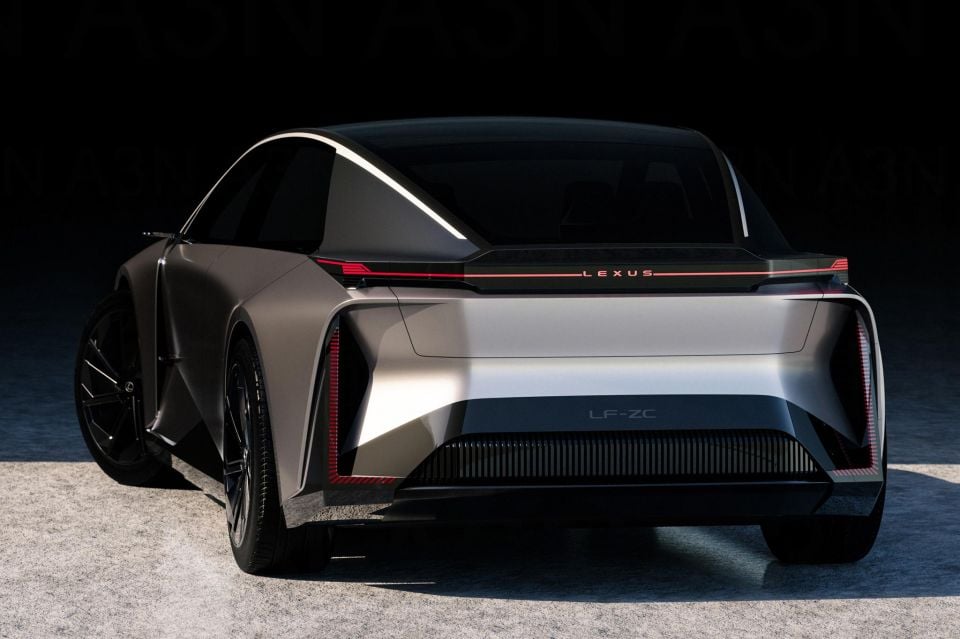
Around the side the silhouette is reminiscent of the current-generation Toyota Prius, though there are a number of sharp creases, as well as flared wheel arches.
At the back the LF-ZC concept has a number of contours and crevasses. There’s also a full-width light bar with Lexus scripture, plus L-shaped lighting that almost spans the entire height of the rear end.
Lexus hasn’t detailed the interior of the LF-ZC concept at this stage, despite saying it has a “roomy cabin”.
The Lexus LF-ZL (short for Lexus Future Zero-Emission Luxury) concept previews a possible future flagship model for the brand.
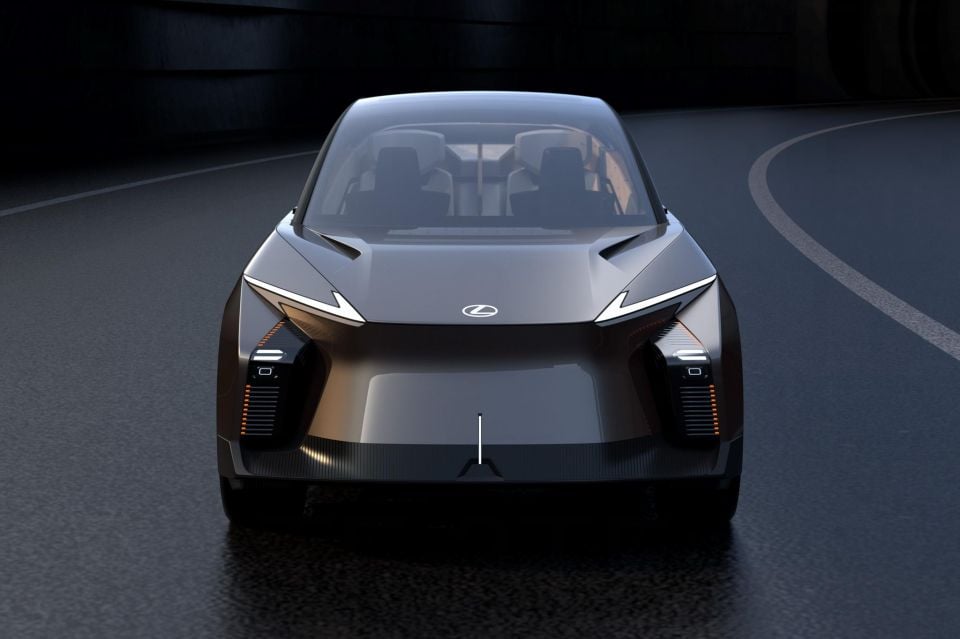

The LF-ZL concept is a crossover that appears to blur the lines between a traditional SUV, sedan and wagon.
It measures in at 5300mm long, 2020mm wide, and 1700mm tall, with a 3350mm wheelbase. For context, this is slightly larger than the LS which is currently the brand’s flagship luxury sedan.
The LF-ZL concept an imposing fascia with a blanked-out spindle grille, as well as number of different air intakes and outlets.
Around the side, the silhouette is reminiscent of a shooting brake. Just like the LF-ZC concept there are a number of different creases, although there’s no B-pillar.
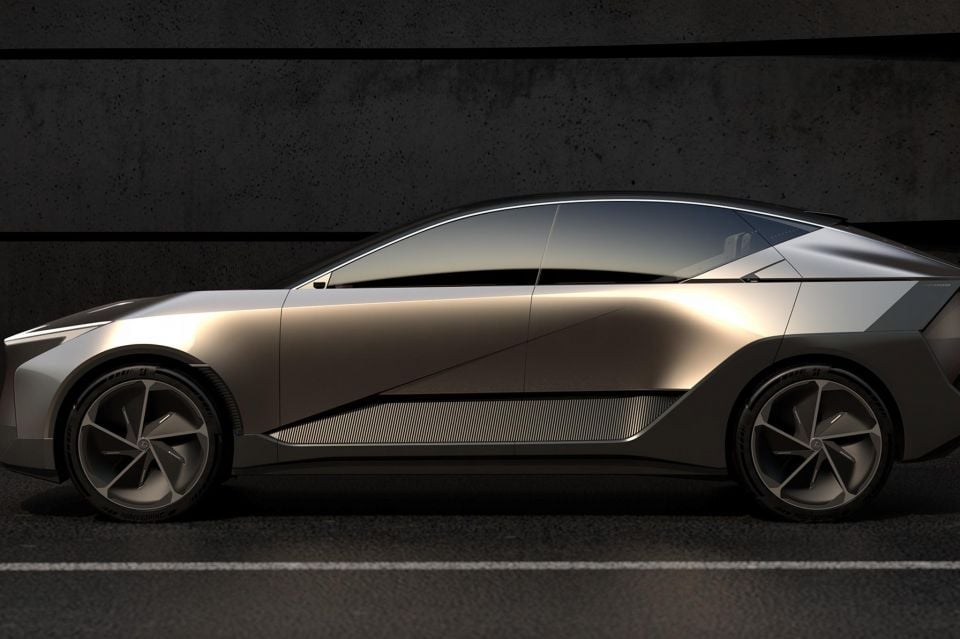
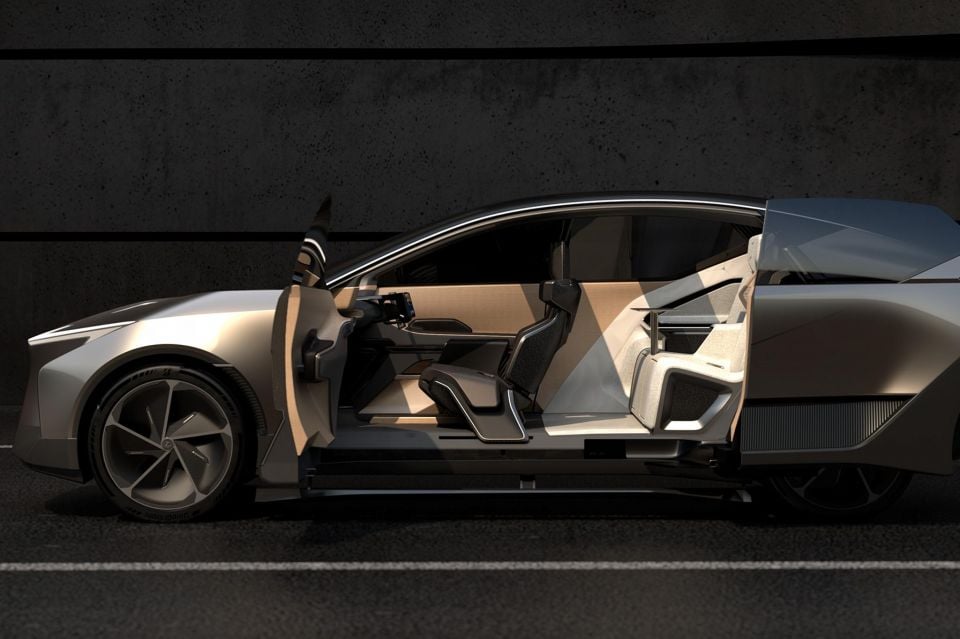
The front doors are able to open up to 90 degrees, whereas the rear doors can slide backwards like a people mover’s.
At the back there’s no rear windscreen, like the Polestar 4, while the other design elements are similar to the LF-ZC concept.
Inside the Lexus LF-ZL concept are four individual seats, with the front two finished in black and the rear two finished in white.
There’s a fully flat floor and a panoramic sunroof, which are claimed to create in an open and airy cabin.

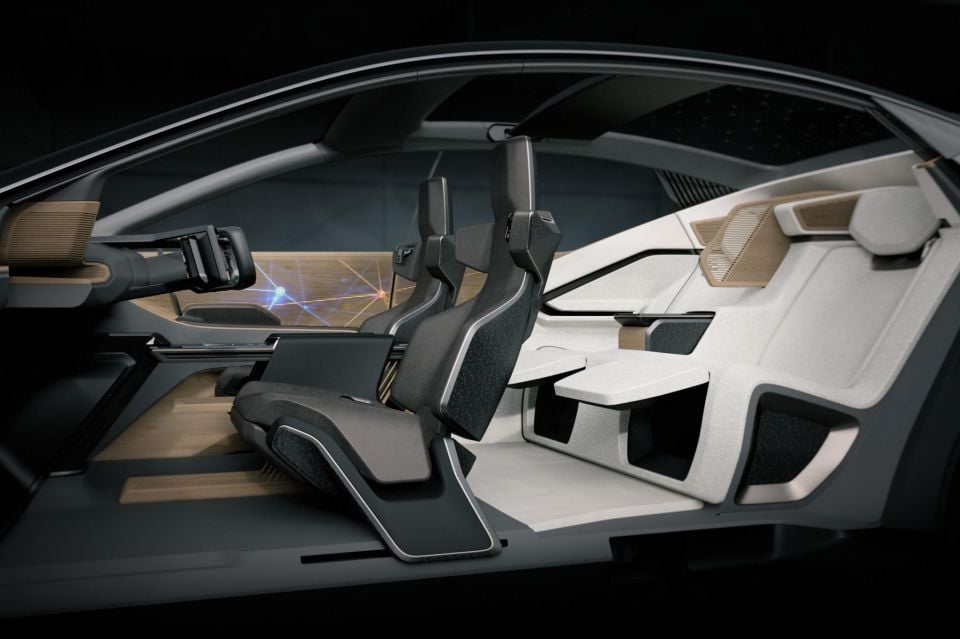
Ahead of the driver is a steering yoke flanked by two small displays which can be used to control the gear selector, assistance systems, drive mode selection, audio, climate control, phone and AI functions. There’s also a head-up display which displays vehicle speed and range.
Spanning the rest of the dashboard is the touchscreen infotainment system which has a dedicated section for the front passenger.
The adoption of Arene OS, which is a software platform that enables a range connected services, is claimed to bring a “truly personal mobility experience”.
There’s also a voice recognition system that has self-learning functions that means it automatically personalise settings for each guest for every drive.
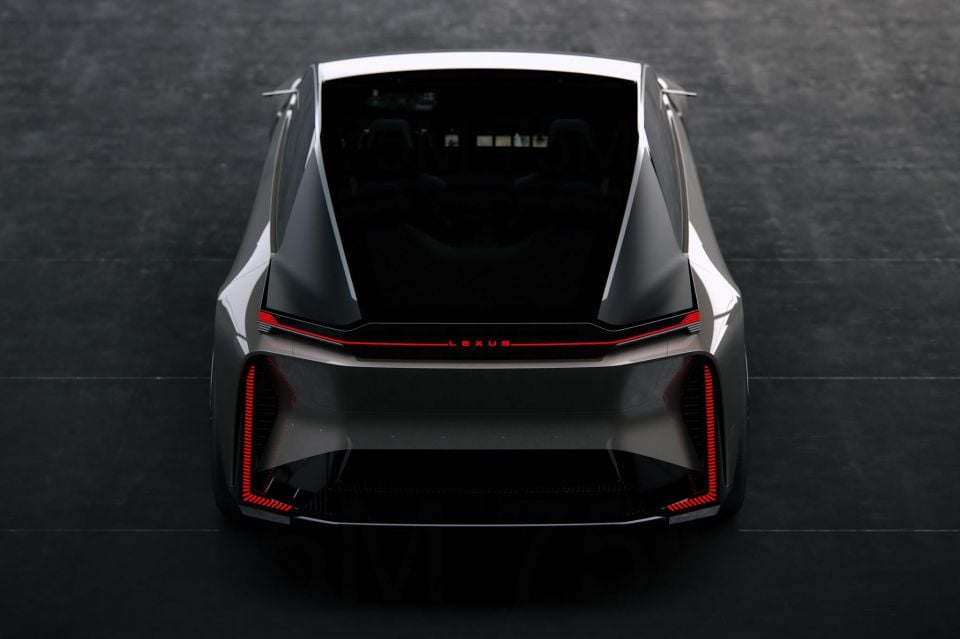
Share your thoughts on these Lexus concepts in the comments below!
MORE: Everything Lexus
Where expert car reviews meet expert car buying – CarExpert gives you trusted advice, personalised service and real savings on your next new car.
Jack Quick is an automotive journalist based in Melbourne. Jack studied journalism and photography at Deakin University in Burwood, and previously represented the university in dance nationally. In his spare time, he loves to pump Charli XCX and play a bit of Grand Theft Auto. He’s also the proud owner of a blue, manual 2020 Suzuki Jimny.


Max Davies
13 Hours Ago


William Stopford
13 Hours Ago


Derek Fung
14 Hours Ago


Max Davies
21 Hours Ago


William Stopford
2 Days Ago


Ben Zachariah
2 Days Ago